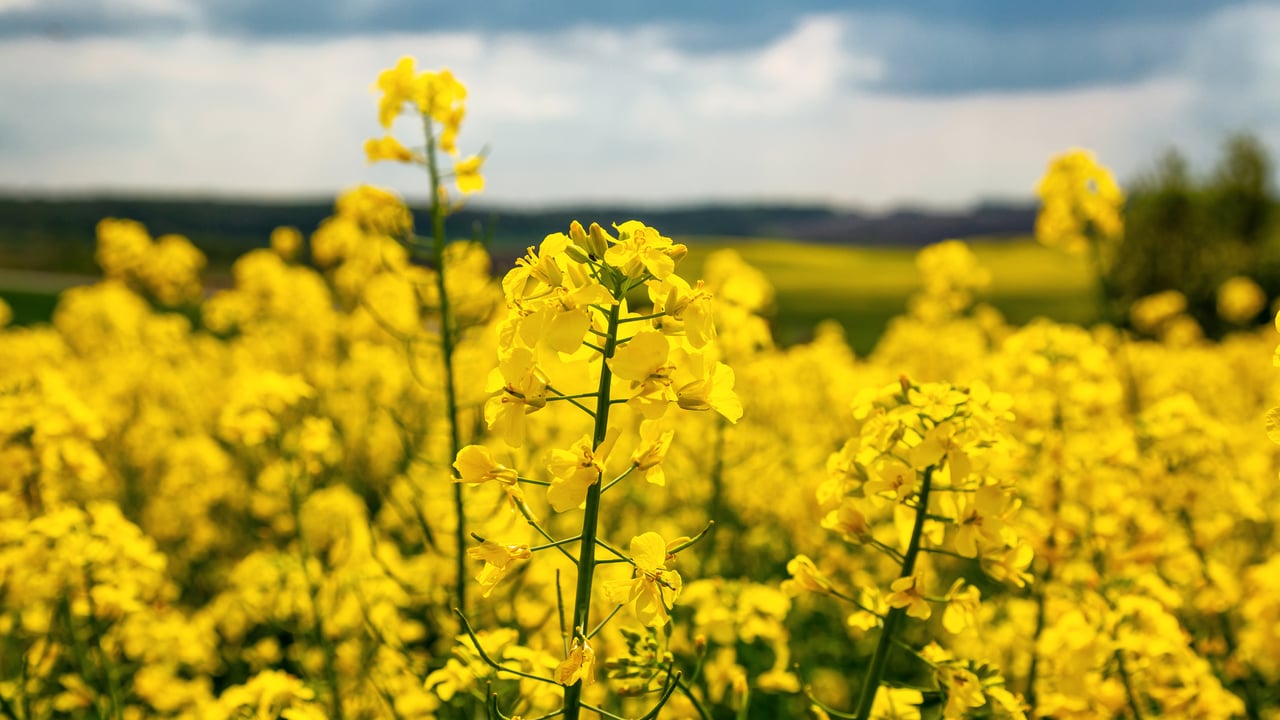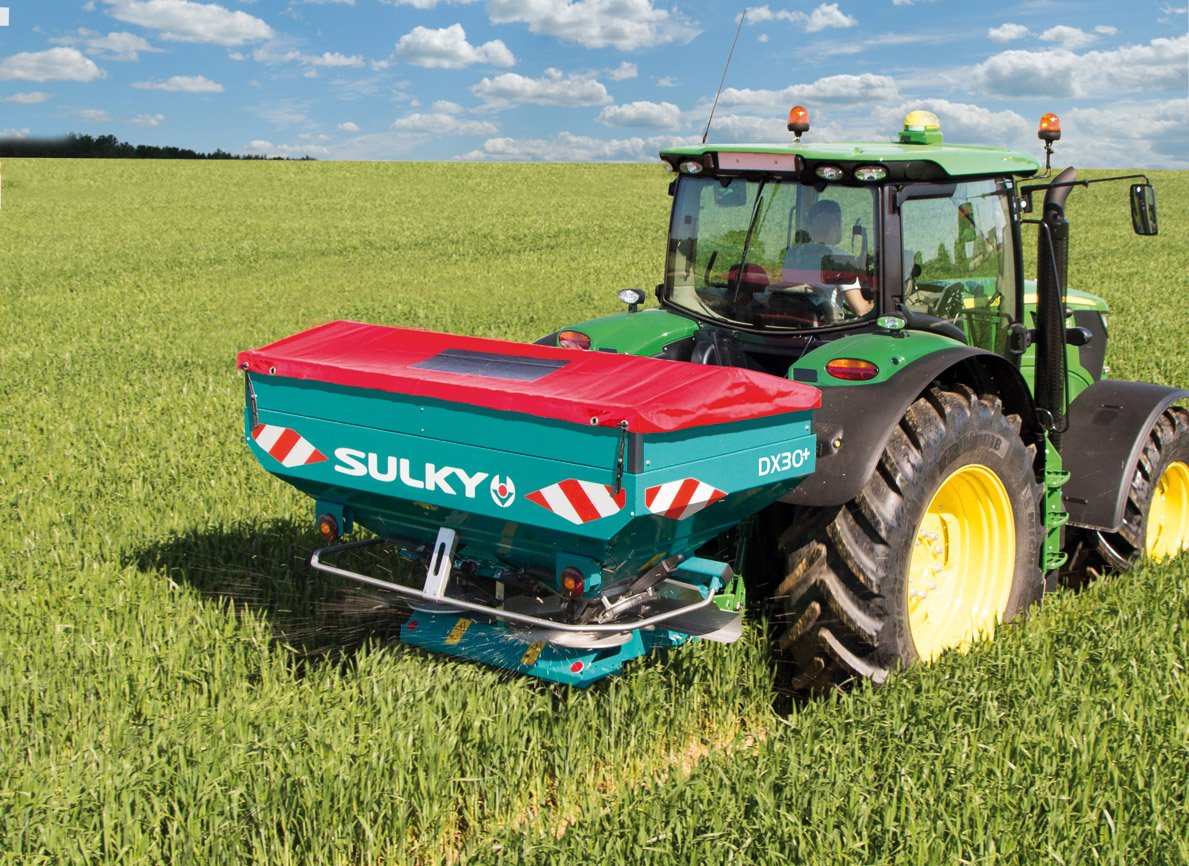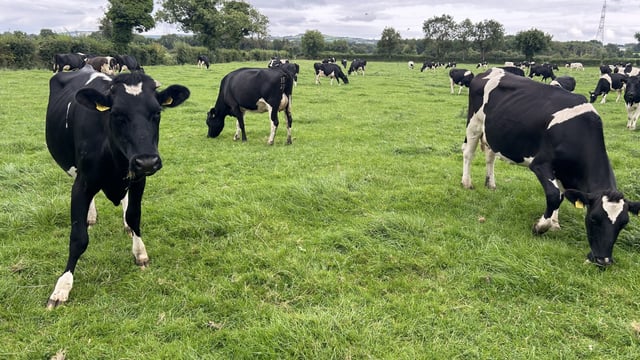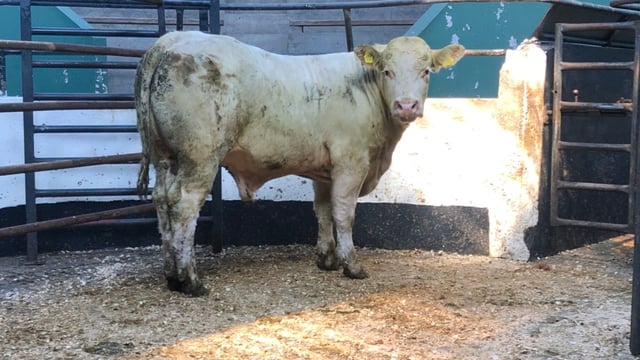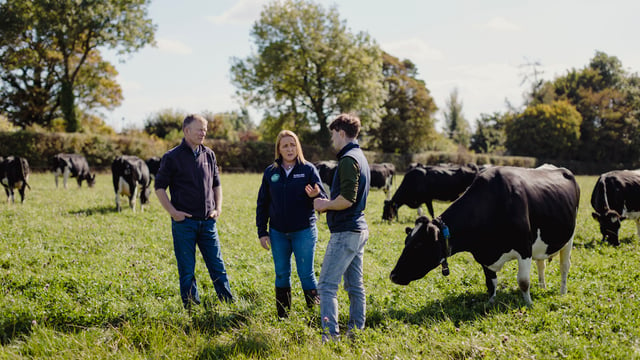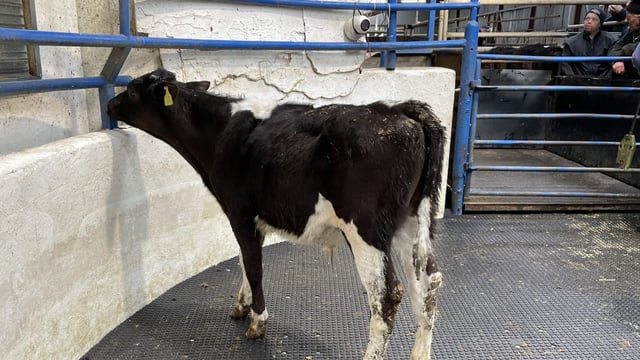Tillage: Winter oilseed rape affected by pigeon grazing
Winter oilseed rape crops in many areas seem to have been heavily grazed by pigeons this year, more so than would have been the case over the past couple of seasons.
According to Teagasc, this has resulted in some crops, which had relatively good canopies before Christmas, looking quite poor now.
As grazed crops will soon need their first application of fertiliser, all efforts to stop pigeons grazing in the coming weeks need to be deployed to stop further damage.
Nitrogen (N) is stored in the leaves of oilseed rape. When pigeons graze it, they are taking away that nutrient, which will need to be replaced by chemical N. This adds to the overall cost of growing the crop.
The size of the canopy can be measured by using the green area index (GAI) app, which can be drawn down on all to all iPhones.
For Android smartphones, it is a case of using the BASF:GAI website.
Where crops have a GAI of 1.0, there is approximately the equivalent of 50kg/ha of N already available. This is worth approximately €54/ha at the current N price of approximately €1.04 per kg.
Over the coming weeks, growers should assess their rape canopy size before deciding on a fertiliser regime for these crops.
Sulphur for winter oilseed rape
According to Teagasc, sulphur (S) is often forgotten when fertilising oilseed rape, even though the crop has a relatively high requirement of 30-35kg/ha for this specific nutrient.
Growers should use use N fertilisers that have a relatively high level of S, e.g., ASN (if available). S should be applied in the first two splits if possible.
Even though most crops received a fungicide in the autumn, depending on the varietal resistance to light leaf spot, some crops may need to be monitored to see if they require another fungicide application.
It is a case of taking samples of leaves and putting them in a plastic bag.
The bag and its contents should then be placed in a warm room (e.g., a hot press) for 24-48 hours. If leaf spot is present, the tell-tale signs of the little white salt-like lesions on the leaves will appear.
If disease is present then it is necessary to use a fungicide containing prothioconazole (e.g., Proline) or tebuconazole (Fezan) for control.
Growers should note that prothioconazole-based products will not have a growth regulator effect on the crop, whereas tebuconazole will have some level of impact.

